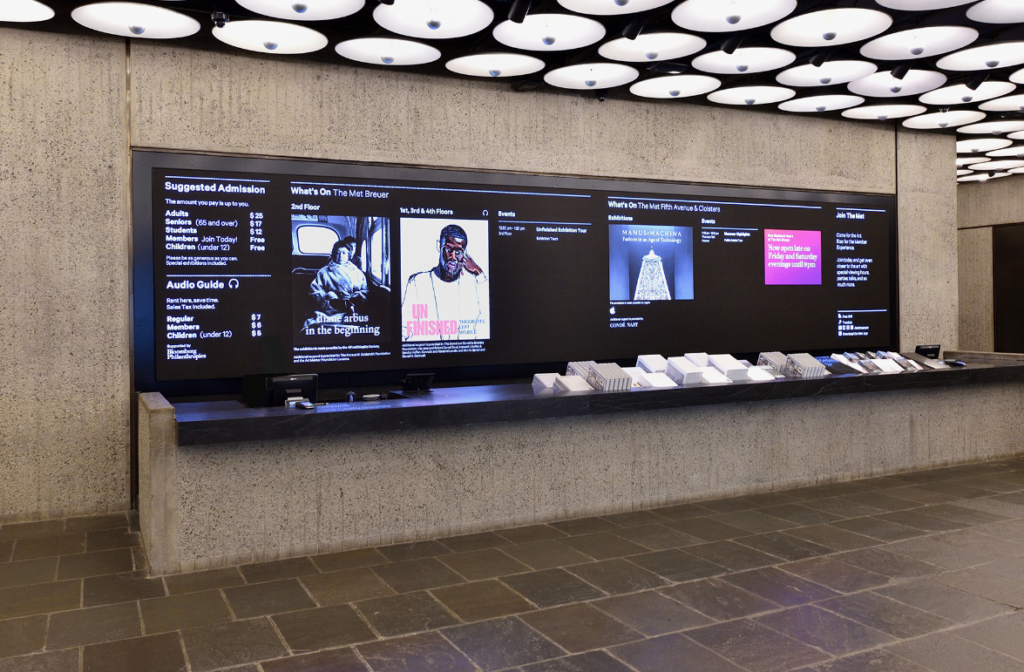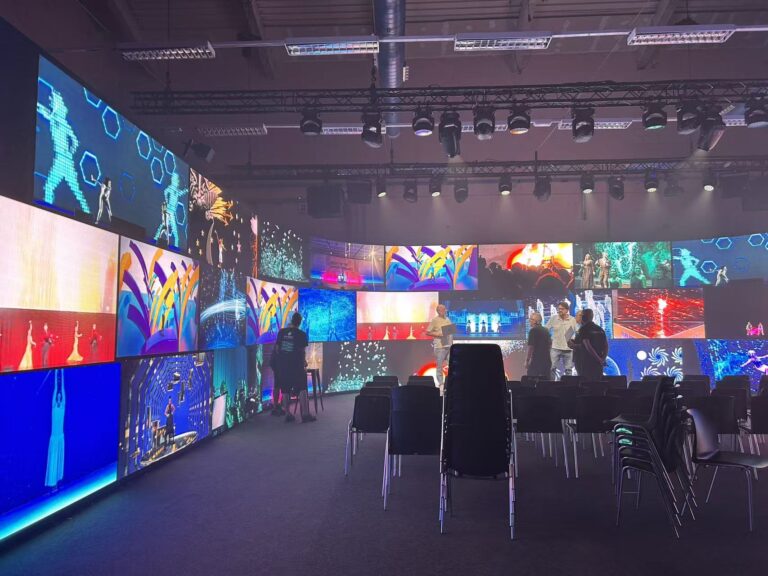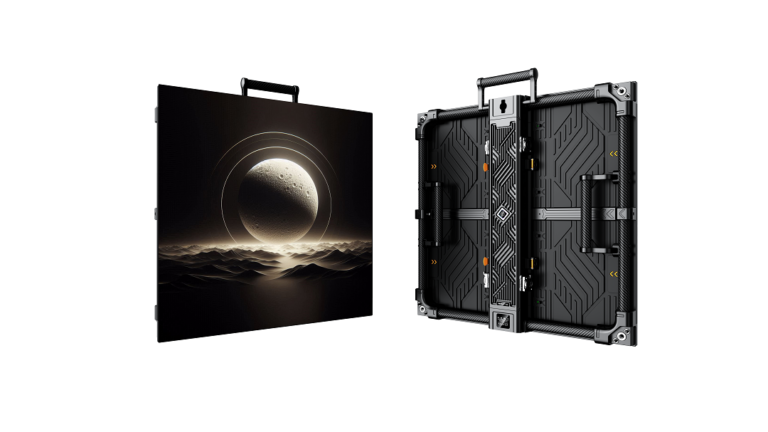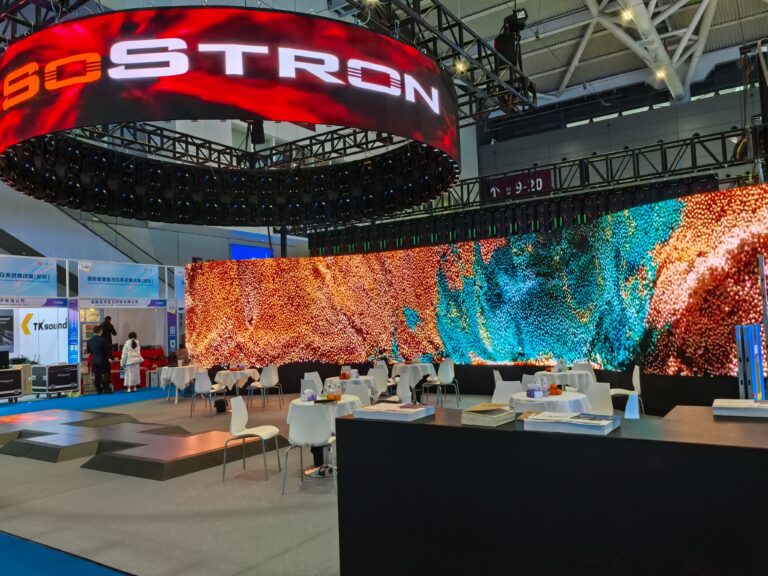Table of Contents
Toggle1. Inefficiency
Since the color display screen is composed of tens of thousands or even hundreds of thousands of pixels composed of red, green and blue LEDs, the failure of any color LED will affect the overall visual effect of the display screen. Generally speaking, according to the industry experience, the failure rate of the LED display screen shall not be higher than 3 / 10000 (referring to the failure caused by the LED device itself) 72 hours before shipment.
2. Antistatic ability
LED is a semiconductor device, which is sensitive to static electricity and easily leads to static electricity failure. Therefore, the anti-static ability is very important to the service life of the display screen. Generally speaking, the human body electrostatic mode test failure voltage of LED shall not be lower than 2000V.

3. Attenuation characteristics
Red, green and blue LEDs all have the characteristics of brightness attenuation with the increase of working time. The quality of LED chips, auxiliary materials and packaging technology determine the attenuation speed of LED. Generally speaking, after 1000 hours and 20 mA normal temperature lighting test, the attenuation of red LED shall be less than 10%, and that of blue and green LED shall be less than 15%. The consistency of red, green and blue attenuation has a great impact on the future white balance of color LED display, and then affects the display fidelity of the display.
4. Brightness
LED brightness is an important determinant of display brightness. The higher the brightness of the LED, the greater the margin of the current used, which is good for saving power consumption and maintaining the stability of the LED. LEDs have different angle values. When the chip brightness is set, the smaller the angle, the brighter the LED, but the smaller the viewing angle of the display screen. Generally, 100 degree led shall be selected to ensure sufficient viewing angle of the display screen. For display screens with different point spacing and different viewing distances, a balance should be found in brightness, angle and price.
5. Consistency
The color display screen is composed of numerous red, green and blue LED pixels. The brightness and wavelength consistency of each color LED determines the brightness consistency, white balance consistency and chromaticity consistency of the whole display screen. Generally speaking, the display screen manufacturer requires the device supplier to provide LEDs with a wavelength range of 5nm and a brightness range of 1:1.3. These indicators can be achieved by the device supplier through the light and color separation machine. Voltage consistency is generally not required.
As the LED has an angle, the color LED display also has angle directionality, that is, when viewed from different angles, its brightness will increase or decrease. In this way, the angle consistency of red, green and blue LEDs will seriously affect the consistency of white balance at different angles, and directly affect the fidelity of video color on the display screen. In order to achieve the matching consistency of the brightness changes of red, green and blue LEDs at different angles, it is necessary to strictly carry out scientific design in the packaging lens design and raw material selection, which depends on the technical level of the packaging supplier. For a display screen with good white balance in the normal direction, if the angle consistency of the LED is not good, the white balance effect of the whole screen at different angles will be poor. The angle consistency characteristics of LED devices can be measured by LED angle comprehensive tester, which is particularly important for medium and high-grade display screens.

About Dylan Lian
Marketing Strategic Director at Sostron





